Tom Robbins
Member
There are probably some folks here who might recognize what this old gizmo is. Doug especially. One hint: it can be seen in Union, Illinois.
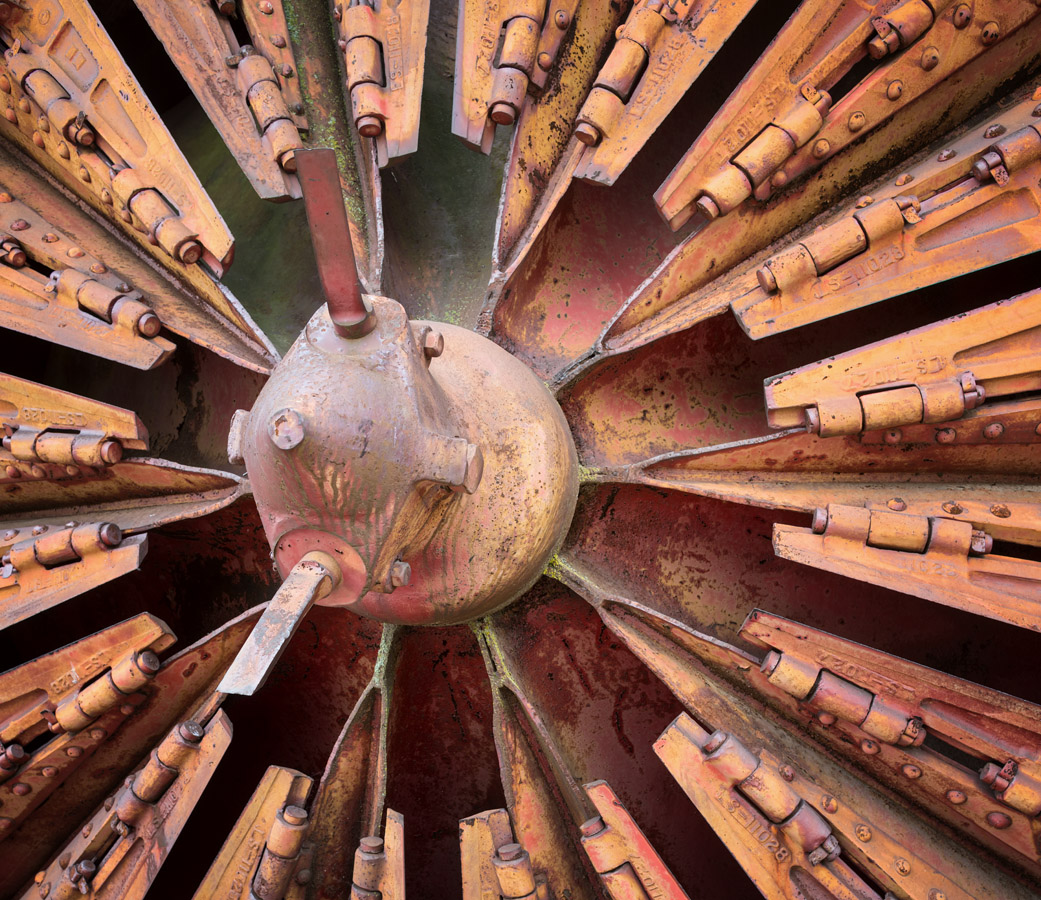
Genuine Thing-a-ma-bob

Genuine Thing-a-ma-bob

There are probably some folks here who might recognize what this old gizmo is. Doug especially. One hint: it can be seen in Union, Illinois.

Genuine Thing-a-ma-bob
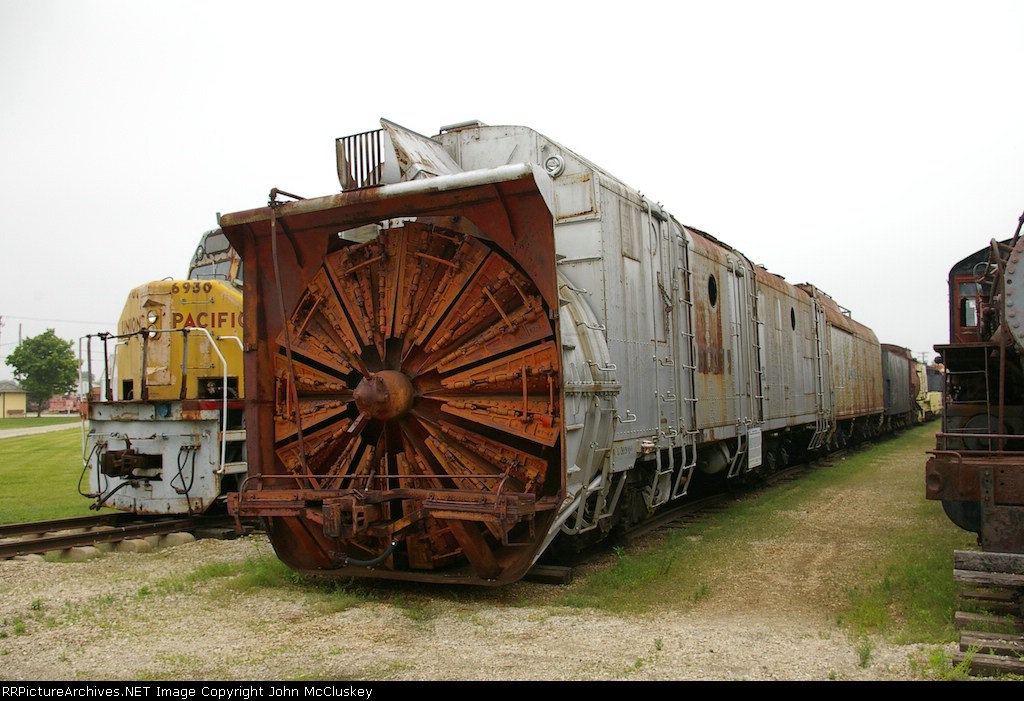
Hi, Tom,
My first guess is the business end ("cutter") of a rotary locomotive snowplow. I don't remember just now whether many of them had variable pitch.
Great shot in any case!
*************
Ah, yes, it is on UP075! Here is its sibling, UP076:
 Photo by limalocomotiveworks.com
Photo by limalocomotiveworks.com
Ah, here it itself:
 Photo by John McCluskey.
Photo by John McCluskey.
Thanks for the hint!
Ah, about the movable blades: I remember now, the direction or rotation of these cutters was reversible (so they could be arranged to shoot out the snow to either side). One set of blades or the other (they alternated) erected (by themselves, I think) to suit the direction of rotation.
Best regards,
Doug
Doug,
Great work and an easy explanation of the blade hinges!
Now how did you search for these pictures? Did you know what you were looking for?
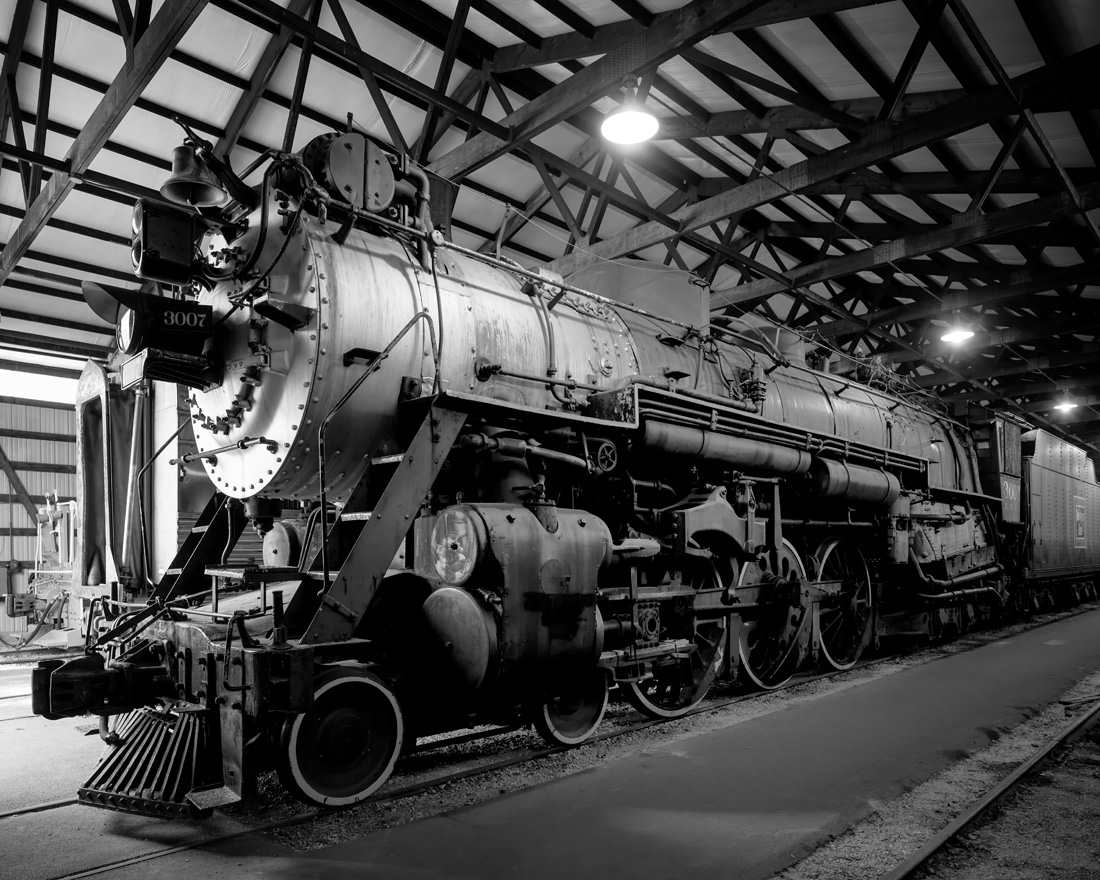
Doug, you're on the money as usual man!
The museum at Union is quite an interesting place with examples of locomotives from 19th century steam to mid-20th century diesel. Some have been restored and others remain in rusty condition. I was there for the first time on Monday, July 4.

CB&Q 3007
Stop by next time you're in the central US, Tom.

CB&Q 3007

Believe it or not, locomotives are still being built here in the USA.
Of the half a dozen fab shops I am working in Southern California, one, I discovered makes the frames and outer pretty panels of Siemens high speed trains.
The former involves a lot of welding, one man working at a time and the beautiful outside panels are cut on a Waterjet machine.
BTW, almost all of the workers are Hispanic immigrants and one Caucasian fellow is an ex convict who murdered someone. These are real people who still make massive machines!
Hi, Asher,
Oh, quite.
All lovely!
Thanks for that insight.
I must note that "Hispanic" and "Caucasian" are not two different values of the same property. Your narrative seems to contrast them. "Almost all the people in the shop were British, but the foreman was Roman Catholic."
Curiously enough, the antithesis of "Hispanic" is often "Anglo"!
Best regards,
Doug
I don't get that one and maybe I should. Why would "Caucasian" imply one can fire the fellow just for saying "Good Morning"?
Obligatory rotary snow plow: https://www.youtube.com/watch?v=SuX4G3znpDE
There are probably some folks here who might recognize what this old gizmo is. Doug especially. One hint: it can be seen in Union, Illinois.

Genuine Thing-a-ma-bob
Does anyone know what these are made of? Is this a special steel and do blades have to be sharpened?
Also how do they get the power from the engine? Is this linked through the wheels?
Obligatory rotary snow plow: https://www.youtube.com/watch?v=SuX4G3znpDE
Obligatory rotary snow plow: https://www.youtube.com/watch?v=SuX4G3znpDE
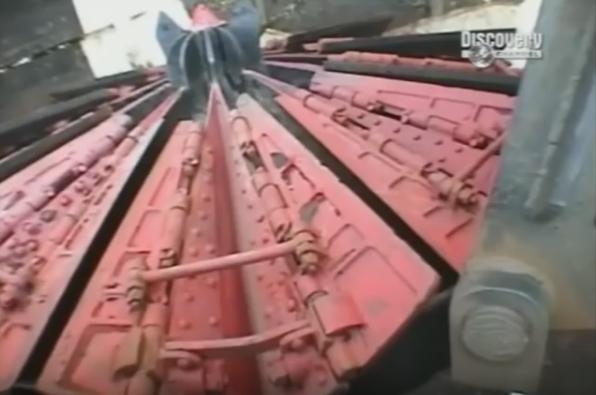
I wonder what the system is for mothballing such a venerable machine between major, once in a decade calls to service?
In lesser storms, Jerome's link showed men shoveling snow by by hand. That seems so prinative and frankly barbaric work and so inefficient!
I guess there are formulas that take into consideration the extent of solidification and water content and this weight of the snow and whether that creates any significant obstacle for the "cattle grid" low slung on the front of the train to clear the tracks. Is this done today by a fellow just looking and making some guy estimation or is this an engineering excerise followed with some rigor?
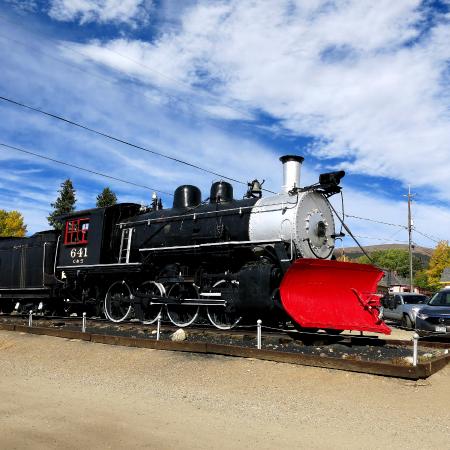

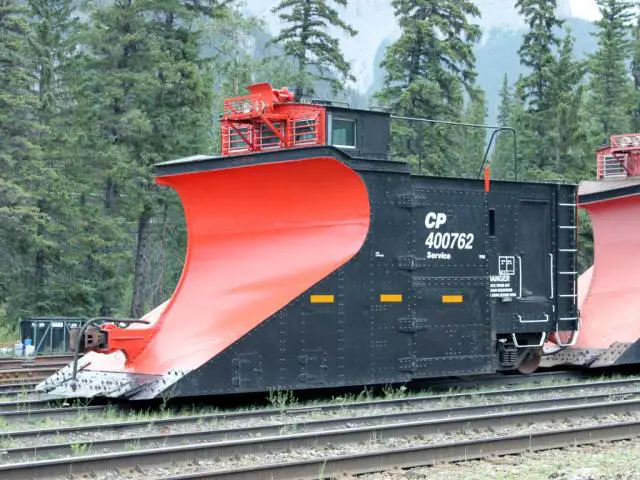
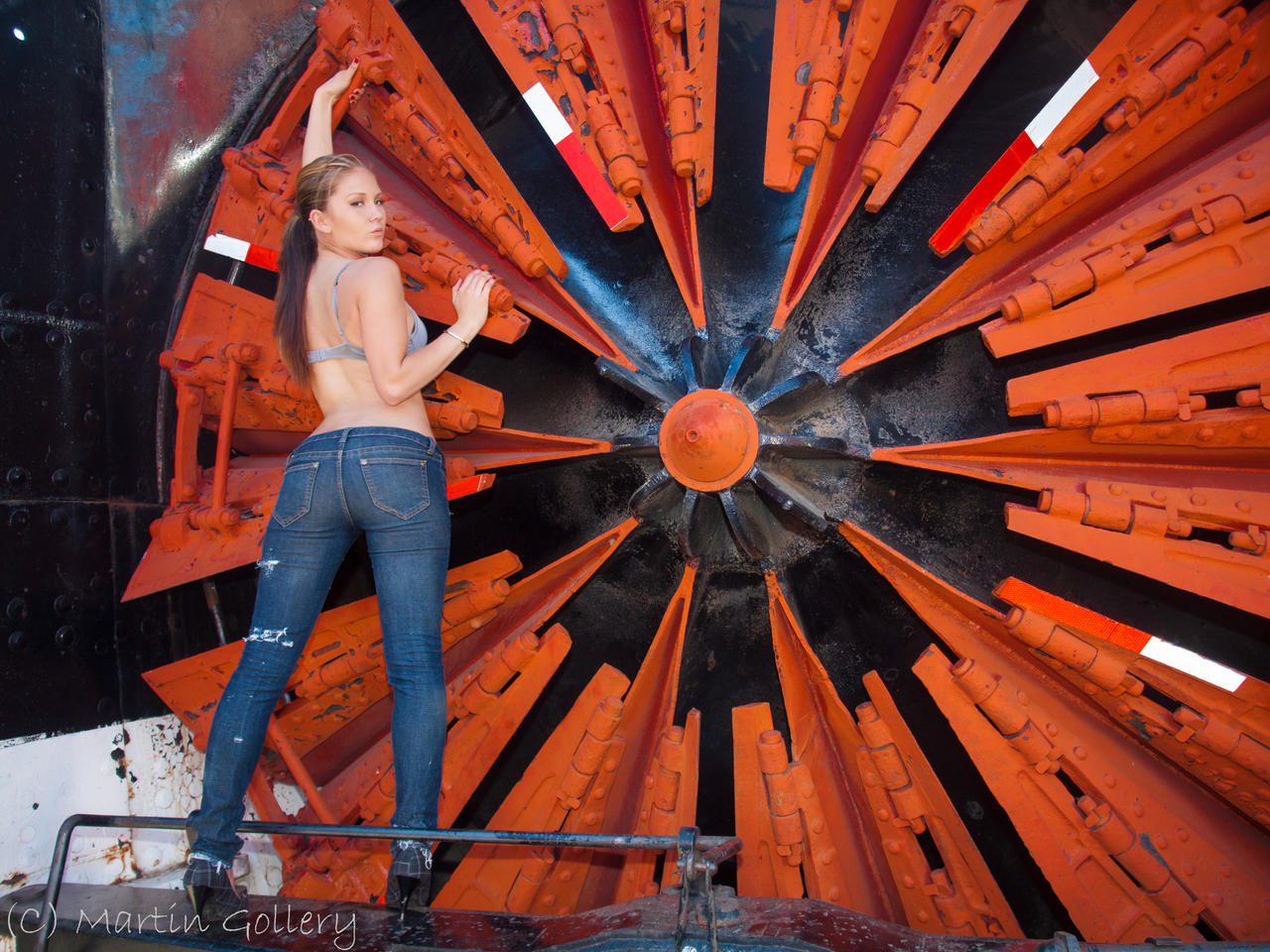
My thoughts exactly, Antonio. I worked for a large equipment manufacturer in the 1970s that made a couple of this type of excavating machine. It was exciting for the manufacturing company, but it was absolutely boring work for the users of the finished machine.
it was absolutely boring work for the users of the finished machine.
